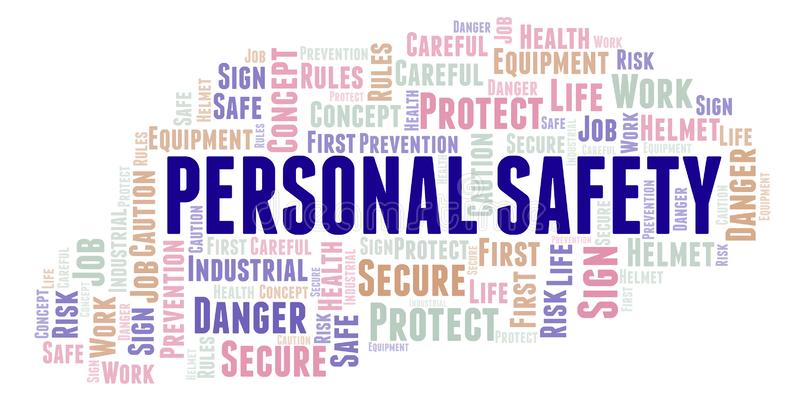How to Develop a Personal Safety Plan
As a security expert, it is important to have a personal safety plan in place to protect yourself and those around you. Whether you are at home, work, or traveling, having a plan in place can give you peace of mind and help you respond quickly and effectively in the event of an emergency. In this blog post, we will discuss the steps you can take to develop a personal safety plan that will keep you and your loved ones safe.
Step 1: Identify potential hazards
The first step in developing a personal safety plan is to identify potential hazards that you may encounter in your daily life. This includes natural disasters, such as hurricanes or earthquakes, as well as man-made hazards, such as crime or terrorist attacks. Take a look at the different areas where you spend the most time, such as your home, work, and school, and think about the types of hazards that could occur in each location.
Step 2: Develop an emergency plan
Once you have identified potential hazards, it is important to develop an emergency plan for each type of hazard. This plan should include specific actions you will take to protect yourself and your loved ones in the event of an emergency. For example, in the event of a fire, your plan should include the location of the nearest fire exits and a designated meeting place outside of the building. It is also important to have a plan for how to communicate with family members or loved ones during an emergency, such as a designated phone number to call or a meeting place to reunite.
Step 3: Assemble an emergency kit
Having an emergency kit on hand can be a lifesaver in the event of an emergency. This kit should include basic supplies such as water, non-perishable food, a first aid kit, a flashlight, and a battery-powered radio. It is also important to include important documents such as identification, insurance information, and emergency contact numbers. Keep your emergency kit in a designated location that is easily accessible in the event of an emergency.
Step 4: Practice your plan
Once you have developed your emergency plan, it is important to practice it with your family members or loved ones. This will help ensure that everyone knows what to do in the event of an emergency and will help you identify any areas that need improvement. It is also important to review and update your plan on a regular basis to make sure it is still relevant and effective.
Step 5: Stay informed
Stay informed about the types of emergencies that are most likely to occur in your area and the best ways to respond to them. This can include signing up for emergency alerts from local authorities, staying informed about the weather forecast, and knowing the locations of emergency shelters in your area. It is also important to be aware of any potential hazards in your workplace or school, such as fire exits or emergency procedures.
In conclusion, developing a personal safety plan is essential to protect yourself and those around you in the event of an emergency. By identifying potential hazards, developing an emergency plan, assembling an emergency kit, practicing your plan, and staying informed, you can ensure that you and your loved ones are prepared for any situation. Remember, safety is a top priority, so take the time to develop a personal safety plan and review it regularly. With a little preparation and practice, you can have peace of mind knowing that you and your loved ones are prepared for anything.

